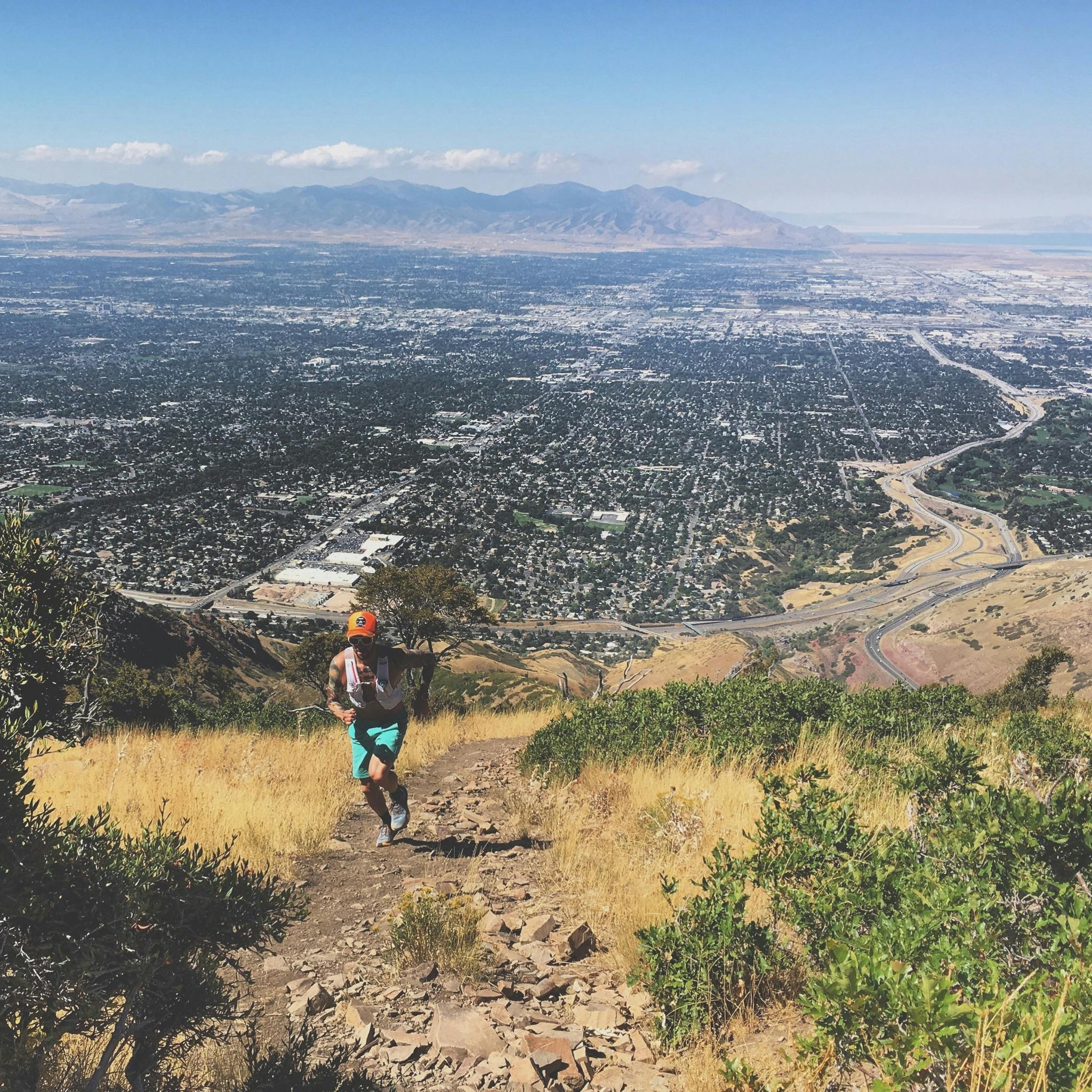
Types of Trail Runs
Sean Lake
almost 2 years ago
Nothing compares to running in the great outdoors. Trail runners take this a step further by getting off the beaten path and on a trail. As soon as you step off the paved road, you can call yourself a trail runner. So whether you have signed up for a race or simply want to enjoy time outside, let’s get into the types of trail runs you can take and how to get started.
Where can you trail run?
If you are itching to get off the road and on a trail, you may wonder where you should start, since technically trail running is just running off paved surfaces. That being said, we don’t necessarily recommend running through your neighbor’s yards. Instead, look for local state and national parks. Popular hiking websites like AllTrails can point you to your nearest trail and feature reviews from other trail enthusiasts so you know what to expect and can prepare accordingly. Make sure that you are running in a safe area and have taken necessary precautions like telling someone where you are, especially if you choose to run in an area with poor cell reception. While trail running isn’t necessarily dangerous, trails can be less predictable than roads, and if you are not used to technical trails, you could open the door to injury or falls.
What gear do you need?
The gear you need for a trail run is going to depend on how long you plan on running and the environment. First, it may be worthwhile to invest in a pair of trail running shoes. While some people are comfortable running in regular running shoes, shoes designed for trail running may offer you a bit more support to handle the technical parts of the trail. You should also be equipped with plenty of water, snacks, and sun protection, especially if you are running in full sun, out of the cover of trees.
Types of trails
Trails are typically labeled either single or double track. A single track trail has room for one runner to run comfortably, while a double track has room for two runners or a small vehicle. The surface of trails depends on where you are. Trails can be grassy, and have dirt, gravel, mud, and roots, and oftentimes trails are a combination of many surfaces.
Mountain running
Plenty of people have experienced driving or even hiking through the mountains. Well, mountain running is another popular form of trail running. Because you are cutting through elevation, mountain running is often more technical trail runs. Of course, you don’t have to run the entire time. During the climb, or section of trail where you gain vert, or elevation, it is perfectly fine to slow your pace and walk.
Seeking vert
Vert, or vertical, is a trail running term that refers to how much elevation gain your trail has. Keep in mind that vert for a trail runner may be different than vert for a roadie (road runner) as trail runners are more accustomed to rolling hills and changing elevations. Ultrarunner magazine and Training Peaks classify terrain by elevation gain per mile using the following labels:
•
Rolling terrain: up to 50 feet per mile
•
Hilly: 50-150 feet per mile
•
Very hilly: 150-250 feet per mile
•
Mountainous: 250+ feet per mile
Keep in mind that most mountainous terrain has switchbacks to help you navigate the climbs.
Trail runs are unpredictable
When you sign up for a traditional road race, you usually have a pretty good idea of what you are signing up for based on the distance and time requirements. Some races are faster than others. Some races, like a Turkey Trot 5K, are just meant to be enjoyed for fun. Still, the length of the race and potential time requirements are usually pretty good indicators of what to expect when you start running. The same really cannot be said for trail races. Each one is different based on the unique features of the land where each trail is located.
Ultrarunning
Many people in the trail running community are also into Ultrarunning. As courses start at 42k or 26.2 miles, the length of a marathon, ultrarunning is not for the faint of heart. That being said, it is more attainable than many people realize. With the right gear, you can run all day. Ultrarunners are often less concerned with speed and more interested in the route. Running 100k through a flat landscape along a paved road could get pretty dull pretty fast, so ultrarunners find creative ways of making their runs interesting.
Running with a group
The trail running community is booming, and you won’t find a more welcoming group. Most towns have a trail running group, and you can be certain that they will welcome you to the sport if you are new. Finding a trail running group can help you get acquainted with local trails as you get more comfortable with the sport. The American Trail Running Association can help you find races and groups to run with near you.
Summer of Run
This summer is the perfect time to mix up your running routine and hit the trail, especially if you are traveling. BUBS Naturals has partnered with the American Trail Running Association to promote great health getting outside and on the trail. Check out their website for runs you can participate in, and don’t forget to throw a few packets of BUBS Naturals Collagen Peptides in your pack!